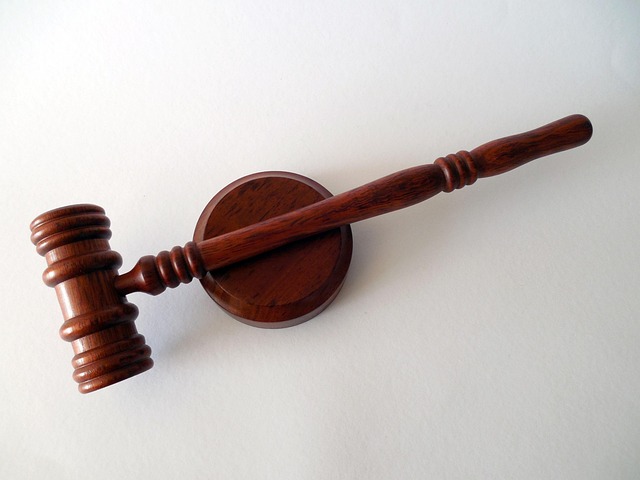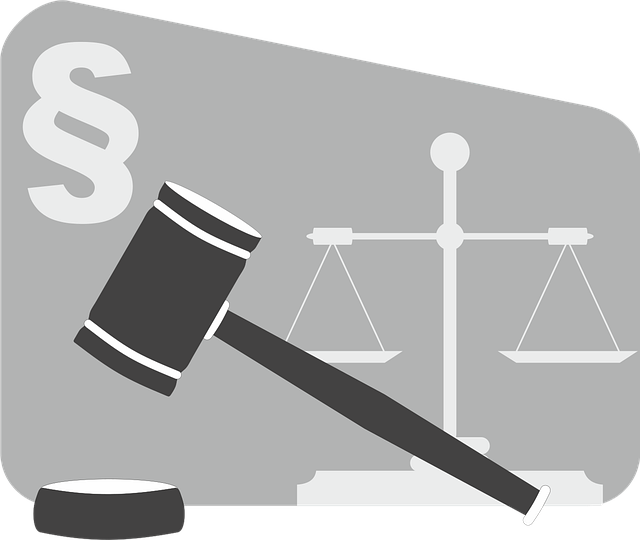C-Level Investigations explore executive misconduct, contrasting with administrative processes focused on regulatory compliance. Key differences between administrative and civil proceedings include objectives, initiating parties, relief sought, and proof standards. Legal strategies vary due to complex white-collar crime nuances, evidence collection techniques, and jurisdictional laws. Understanding these distinctions is crucial for effective navigation, promoting transparency, and mitigating risks in corporate governance.
“In the complex landscape of corporate governance, C-Level investigations represent a critical aspect of ensuring transparency and accountability. This comprehensive guide delves into the intricacies of administrative versus civil lawsuits, two distinct legal pathways with profound implications for organizations. Understanding the differences between these proceedings is essential for businesses aiming to navigate disputes effectively. From initiating processes to evidence collection and dispute resolution, this article offers an in-depth overview, highlighting key distinctions between administrative and civil cases.”
- Understanding C-Level Investigations: A Comprehensive Overview
- Administrative vs Civil Lawsuits: Key Distinctions Explained
- Initiating Proceedings: Legal Framework and Requirements
- Evidence Collection: Unique Approaches for Each Type of Case
- Resolving Disputes: Outcomes and Implications for Corporate Governance
Understanding C-Level Investigations: A Comprehensive Overview

C-Level Investigations refer to high-level inquiries into potential wrongdoing or misconduct at the executive or board level within an organization. These investigations differ significantly from administrative and civil proceedings in their scope, objectives, and outcomes. While administrative processes often involve regulatory bodies examining compliance with laws and regulations, C-Level Investigations focus on internal corporate governance, ethical standards, and criminal liability of top-level executives.
The key distinctions lie in the nature of the charges and potential consequences. Administrative proceedings may lead to fines or penalties for rule violations, whereas C-Level Investigations can result in more severe repercussions, including a complete dismissal of all charges or even criminal sanctions for individuals found guilty of fraud, embezzlement, or other financial crimes. These investigations require meticulous documentation, preservation of evidence, and expert legal counsel to navigate the complex interplay between corporate structures, legal frameworks, and public scrutiny, particularly when these cases gain traction across the country and attract media attention.
Administrative vs Civil Lawsuits: Key Distinctions Explained

When a legal issue arises within an organization, understanding the differences between administrative and civil lawsuits is crucial for any C-Level executive. While both involve legal proceedings, their objectives and processes significantly diverge. Administrative lawsuits are typically initiated by government agencies or regulatory bodies to enforce rules and regulations, often focusing on regulatory compliance and preventing future violations. These proceedings usually prioritize public interest and safety over individual rights. On the other hand, civil lawsuits are private disputes between individuals, businesses, or entities seeking monetary compensation for harm suffered due to another party’s actions.
The key differences lie in who brings the case, the relief sought, and the burden of proof. In administrative proceedings, the focus is on remediabing regulatory infractions, and the standard of proof can be less stringent than in civil court. In contrast, civil lawsuits demand a higher level of certainty, requiring plaintiffs to prove their case “by a preponderance of evidence.” Additionally, while general criminal defense strategies may apply in both contexts, cases involving white-collar and economic crimes often require specialized knowledge due to the unique legal and factual complexities these matters present.
Initiating Proceedings: Legal Framework and Requirements

When initiating C-Level investigations, understanding the legal framework governing proceedings is paramount. The process significantly diverges between administrative and civil lawsuits, each with distinct rules and requirements. Administrative actions often involve government agencies probing potential misconduct within a corporation, focusing on regulatory compliance. These cases typically prioritize efficiency and swift resolution, aiming to deter future violations rather than assign monetary damages.
In contrast, civil proceedings are privately driven, where corporate and individual clients face accusations in court. White-collar defense becomes a complex strategy here, as the bar for evidence and proof is higher. Across the country, these cases can vary widely based on jurisdiction, requiring meticulous attention to local laws and precedents.
Evidence Collection: Unique Approaches for Each Type of Case

In the realm of C-level investigations, evidence collection is a meticulous art that varies based on case types. For administrative proceedings, the focus often lies in gathering documents and electronic records, as these cases primarily revolve around regulatory compliance and internal policies. Here, investigators employ sophisticated techniques to extract digital footprints, ensuring every byte of data is examined for relevance. In contrast, civil litigation demands a more nuanced approach, where evidence must be carefully curated to support or refute allegations. This involves scrutinizing financial records, witness statements, and physical evidence, requiring a comprehensive understanding of the legal framework governing such cases.
The key lies in tailoring methods to each case’s unique needs. Through innovative strategies, investigators can unearth crucial facts and insights, ensuring every aspect of the investigation is comprehensive. By navigating these differences between administrative and civil proceedings, professionals can achieve extraordinary results, culminating in the complete dismissal of all charges or a robust defence strategy, thereby highlighting the importance of meticulous evidence collection at every stage of the investigative and enforcement process.
Resolving Disputes: Outcomes and Implications for Corporate Governance

Effective dispute resolution is a cornerstone of robust corporate governance, and the outcomes of C-Level investigations play a pivotal role in shaping this landscape. When it comes to resolving conflicts, there are distinct approaches through administrative and civil proceedings. These processes not only differ in their legal frameworks but also significantly impact how cases are handled and decisions are reached.
Understanding the nuances between these two pathways is essential for businesses navigating regulatory hurdles. For corporate and individual clients alike, a comprehensive approach involves recognizing the unique advantages of each stage of the investigative and enforcement process across the country. This strategic understanding allows organizations to foster transparency, accountability, and fair practices while mitigating risks and ensuring compliance with evolving legal standards.
In navigating complex business disputes, understanding the nuances between administrative and civil lawsuits is paramount. This article has provided a comprehensive guide through the various aspects of C-level investigations, highlighting critical differences in legal frameworks, evidence collection methods, and potential outcomes. By recognizing the distinct characteristics of each proceeding type, corporate leaders can ensure robust governance practices and effective dispute resolution strategies. Remember that, in terms of strategic decision-making, understanding these differences between administrative and civil proceedings is a game-changer for any organization.






